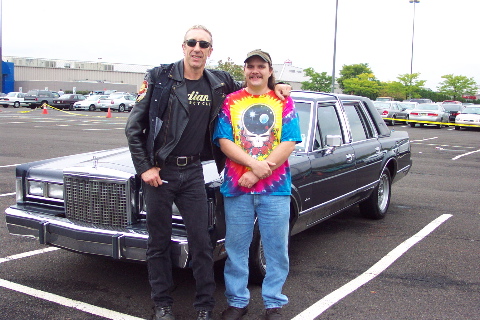4.6
So the 4.6 does have main and rod bearings.. ( looked up the specs.. ) I was told that the mains and rods were machine down to the excact tolerences, so the the main and the rods acted as their own bearings.. I thought that seemed a little bit stupid.. but I know everytime the PD has had to replace an engine.. they just put a new engine in the car.. instead of rebuilding.. and threw the old engine away.... I guess it costs too much for the machine shop work etc... to justify rebuilding them... who knows! Tom...
So the 4.6 does have main and rod bearings.. ( looked up the specs.. ) I was told that the mains and rods were machine down to the excact tolerences, so the the main and the rods acted as their own bearings.. I thought that seemed a little bit stupid.. but I know everytime the PD has had to replace an engine.. they just put a new engine in the car.. instead of rebuilding.. and threw the old engine away.... I guess it costs too much for the machine shop work etc... to justify rebuilding them... who knows! Tom...


 I have had both over the years, and if I had to pick my all time favorite engine I'd say F the small blocks! Give me a FE any day....428CJ baby!!!
I have had both over the years, and if I had to pick my all time favorite engine I'd say F the small blocks! Give me a FE any day....428CJ baby!!!






Comment